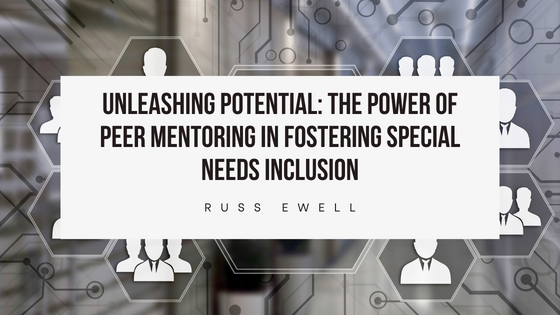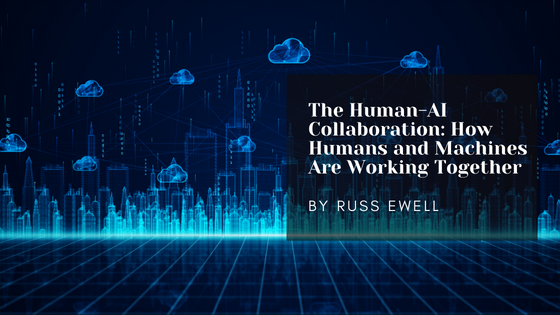
In times of crisis, effective leadership is essential to navigate uncertainty, inspire confidence, and guide organizations through turbulent waters. Crisis leadership requires a unique set of skills and qualities to maintain calmness, instill confidence, and make decisive decisions amidst chaos. In this blog post, we’ll explore the principles of crisis leadership and how leaders can lead with calmness and confidence during challenging times.
Understanding Crisis Leadership: Crisis leadership is the ability to lead effectively during times of uncertainty, adversity, and turbulence. It requires leaders to maintain composure, inspire trust, and make tough decisions under pressure. Crisis leaders must navigate complex situations with clarity, empathy, and resilience, guiding their teams and organizations towards stability and recovery.
Key Principles of Crisis Leadership:
- Maintaining Calmness: In times of crisis, leaders must remain calm and composed, projecting a sense of stability and confidence to their teams and stakeholders. By staying level-headed and composed, leaders can reassure others and instill a sense of calmness amidst chaos.
- Communicating Effectively: Clear and transparent communication is essential in crisis leadership. Leaders must provide timely updates, share relevant information, and communicate their strategies and action plans clearly to keep stakeholders informed and engaged. Effective communication builds trust and confidence in leadership.
- Making Decisive Decisions: Crisis leaders must make tough decisions quickly and decisively, even in the face of uncertainty. By gathering relevant information, consulting with experts, and trusting their instincts, leaders can make informed decisions that mitigate risks and address challenges effectively.
- Demonstrating Empathy: Empathy is a critical quality in crisis leadership. Leaders must understand and acknowledge the impact of the crisis on their teams, customers, and communities, demonstrating compassion and understanding towards those affected. By showing empathy, leaders can build trust and foster resilience in their organizations.
- Adapting to Change: Crises are dynamic and unpredictable, requiring leaders to be adaptable and flexible in their approach. Leaders must be willing to pivot and adjust their strategies as the situation evolves, embracing change and uncertainty with resilience and agility.
Leading with Calmness and Confidence: During times of turbulence, leaders must lead by example, demonstrating calmness, confidence, and resilience in their actions and words. By projecting a sense of stability and confidence, leaders can inspire trust and confidence in their teams and stakeholders, rallying them towards a common purpose and vision.
Strategies for Crisis Leadership:
- Stay Informed: Leaders must stay informed about the latest developments and updates related to the crisis, gathering information from reliable sources and experts to make informed decisions.
- Communicate Clearly: Effective communication is paramount in crisis leadership. Leaders must communicate regularly and transparently with their teams, stakeholders, and the public, providing updates, reassurance, and guidance.
- Maintain Perspective: Leaders must maintain perspective and focus on the long-term goals and objectives of the organization, rather than getting caught up in the immediate challenges of the crisis. By keeping a clear vision of the future, leaders can inspire hope and resilience in their teams.
- Empower Others: Crisis leaders must empower their teams to take initiative, make decisions, and contribute to the organization’s response efforts. By trusting and empowering others, leaders can leverage the collective strength and expertise of their teams to overcome challenges.
- Lead with Integrity: Integrity is a cornerstone of crisis leadership. Leaders must uphold the highest ethical standards, demonstrating honesty, transparency, and accountability in their actions and decisions.
In conclusion, crisis leadership requires leaders to lead with calmness, confidence, and clarity in times of turbulence. By maintaining composure, communicating effectively, making decisive decisions, demonstrating empathy, and adapting to change, leaders can inspire trust and confidence in their teams and stakeholders, guiding their organizations towards stability, resilience, and recovery. Crisis leadership is not just about managing the present challenges but also about shaping a better future for all.








